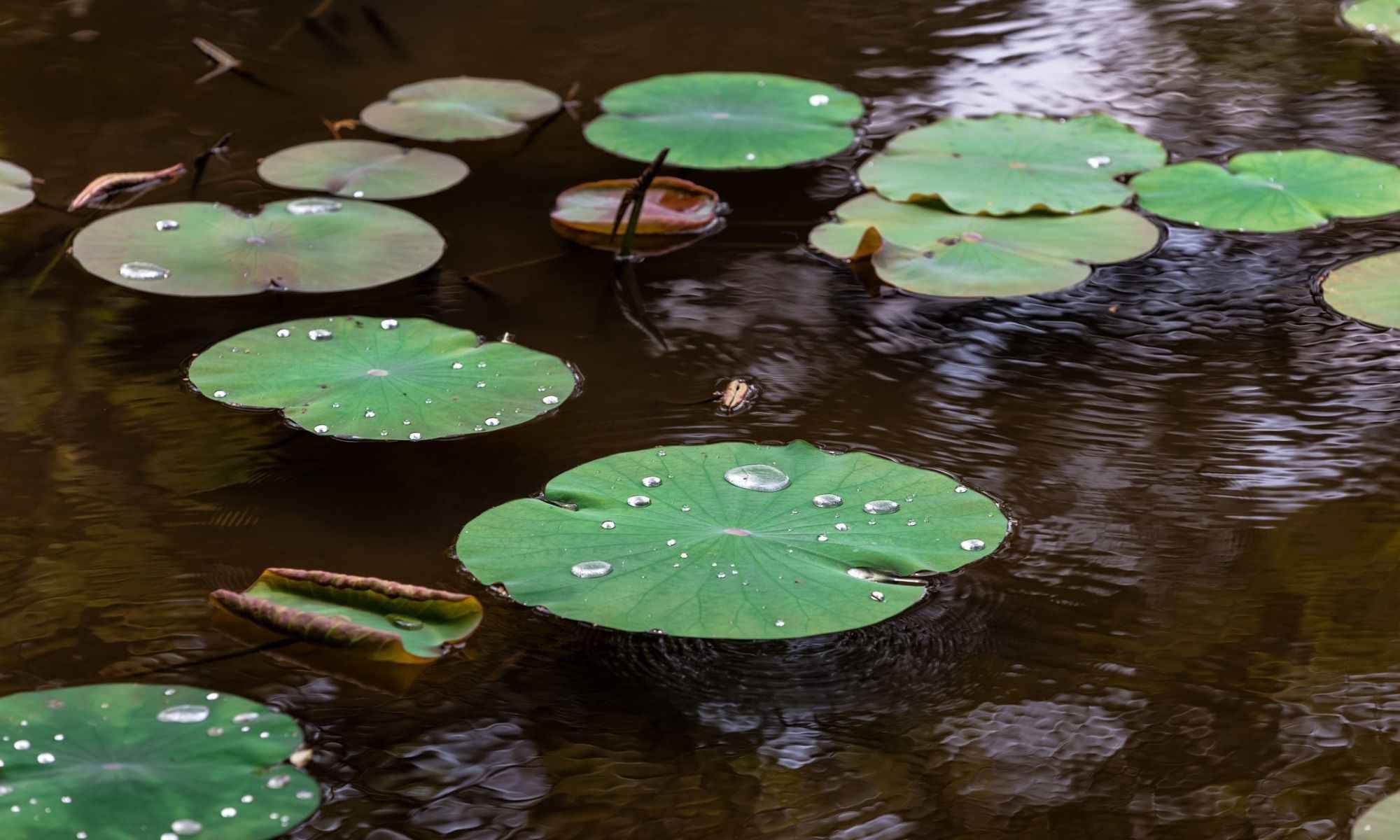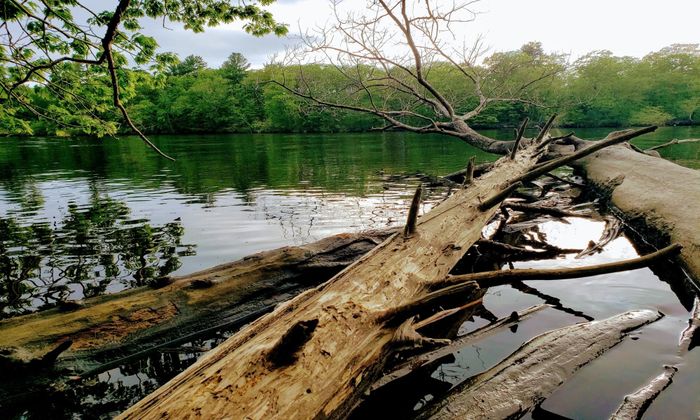Fishing Cover: The 5 Most Common Types
Fishing covers are helpful in fishing because they help control the light to which fish are sensitive. Here are the 5 most common covers.

Light is an important factor in fishing because it affects the behavior of fish. Anglers are told that fishing in too-bright areas, especially, in clear and shallow waters, often won’t yield the best results because the light makes fish more visible to anglers and predators. Smaller, more vulnerable species of fish respond to light and water clarity by heading to parts of the water obscured by vegetation, docks, and other structures. Predatory fish are evolutionarily aware of this, so they know to hunt in those same areas. Trout, for instance, understand the advantages of swimming in the shade when they hunt for food. This is partly why anglers are advised to fish early in the morning and late in the evening when the sun isn’t as bright.
To catch game fish, anglers must know about their prey - where they swim and what they look like, among other things. But while anglers can’t control the brightness of the sun or the clarity of the water, they can still locate and make use of covers when they fish. A cover is any object on the surface such as docks, rocks, trees, and vegetation that create a shaded area to attract both prey fish and predatory fish.

5 Most Common Types of Covers
1.Wood or timber

Trees and other kinds of timber, such as fallen timber, standing timber, and sunken timber, attract many different species of game fish, including bass. Lakes, rivers, streams, ponds, and reservoirs are the most likely to have an abundance of timber in certain areas. In some places, you can even find beaver dams, which qualify as wood covers.
Fish whatever wood you can find. Different types of timber will call for different fishing gear and techniques. For instance, topwater jigs, spoons, and flies work best with fallen timber - also referred to as laydowns - and beaver dams, while fishing standing timber will yield better results with heavy-duty equipment, spinnerbaits, and flipping jigs.
2. Grass and weeds
Emergent vegetation are those that grow in the water with parts of its growth breaching the surface and extending beyond it. Other examples include bulrushes and reeds, which are both known to be places of refuge for largemouth bass and northern pike. The best gear to use when fishing such vegetation are Texas-rigged plastic baits, (weedless) swimming spoons, and spinnerbaits.
3. Cover pads and mats
Lily pads are the best example of cover pads. They are common in many lakes and ponds and serve as shade for hunting game fish - particularly bass - on bright, sunny days. The best baits to use for fishing lily pads include bluegill square bills and frog lures as bass love frogs and bluegill. Fishing at pads often requires the use of heavy-duty tackle such as medium-heavy to heavy action baitcast rods that are at least 7 feet long.
4. Submerged vegetation
Underwater plants are one of the most common types of covers you’ll find, as they are both abundant and common. Popular examples include weed lines and weed flats, which draw in various species such as bass, pike, trout, panfish, and walleye. Weedless hooks and spoons work best if you’re fishing in the middle of dense weeds, while spinnerbaits, swimbaits, and crankbaits will suffice in less dense areas.
The technique will often vary depending on the species you’re targeting. For instance, trolling wet flies have been known to successfully catch rainbow trout.

5. Docks
Docks are perhaps the most popular choice of cover among anglers as they are a prime spot for catching fish any time of the year. There’s also the added bonus that anglers can simply fish from docks instead of chartering a boat - though the latter will still give you more options and flexibility. Different species of game fish hide out under docks waiting to ambush their prey, and there are different ways to go about catching them according to their species.
Bass are known to linger under any cover they can find. Docks, being a consistent source of shade and obscuration, are their favorites, especially during the summer. Whether hot and sunny or cold and gloomy, largemouth bass swim under the docks in parts that are cooler and more consistently shaded than others. They stay there for a long time. Watch out for them in areas under the docks that are protected from sunlight, and any areas that have vegetation. You should also check the areas beneath tethered boats. To hook them, use spinnerbaits and crankbaits.
Smallmouth bass prefer to seek refuge in rocks rather than weeds, so you’re more likely to find them in docks with rocky bottoms. Unlike largemouth bass, they don’t stay beneath docks for long, opting to use them as stopovers. Use lightweight lines and smaller lures for better luck. Topwater baits and lures work best.
Contrary to popular belief, even walleye can be fished from under docks, but there are certain conditions that need to be met. Walleye will go to deeper waters whenever they have the chance, so if the dock is in a shallower part of the lake, you’re unlikely to find them there. However, if the dock is in the deeper part of the lake or is close to deeper waters, you’ll have better chances of fishing walleye. Another condition is that the dock should have other covers around it, such as other man-made structures or vegetation.
While anglers have no control over the weather conditions they’re fishing in, they do have control over what parts of a water body they fish. Given that fish are sensitive to light and use it to determine where they’ll swim and wait to ambush their prey, anglers take advantage of how light and weather conditions affect the swimming behaviors of fish. Game fish will seek the cool, shaded spots beneath covers of timber, vegetation, and structures such as docks. Bright areas make them feel vulnerable as they can be spotted more easily by their prey. The shade provided by covers in otherwise bright and clear waters give them the obscuration they need to stealthily hunt for prey. Thus, fishing beneath covers is always a good idea.




